In the News
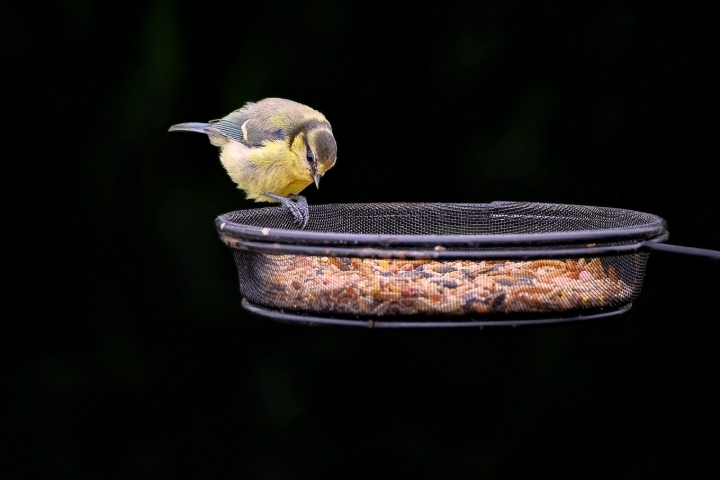
May 20, 2025
As bird flu continues to spread, Dr. Krysten Schuler of the Cornell Wildlife Health Lab offers expert advice on best practices for bird enthusiasts to maintain a safe, healthy feeder this spring.
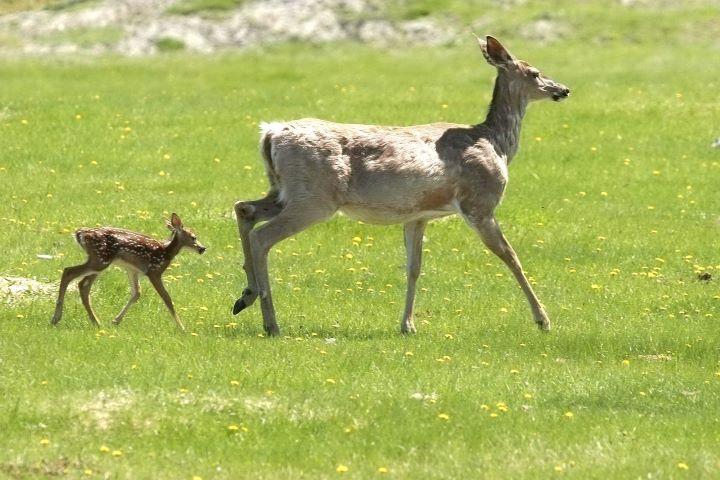
For Your Information
April 22, 2025
A recent study examines the challenge of determining the sample size needed to confidently declare a local wildlife population disease-free—an essential factor in effective disease surveillance and wildlife health management.
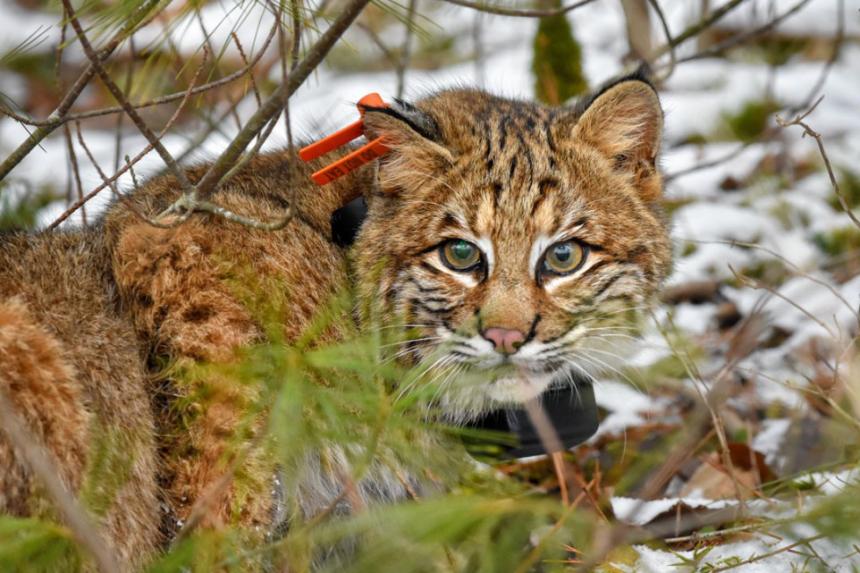
April 17, 2025
Avian influenza – which has devastated poultry flocks, wildlife populations and increasingly poses a public health risk – has now been confirmed in wild bobcats in New York state, according to a new study by Cornell scientists.
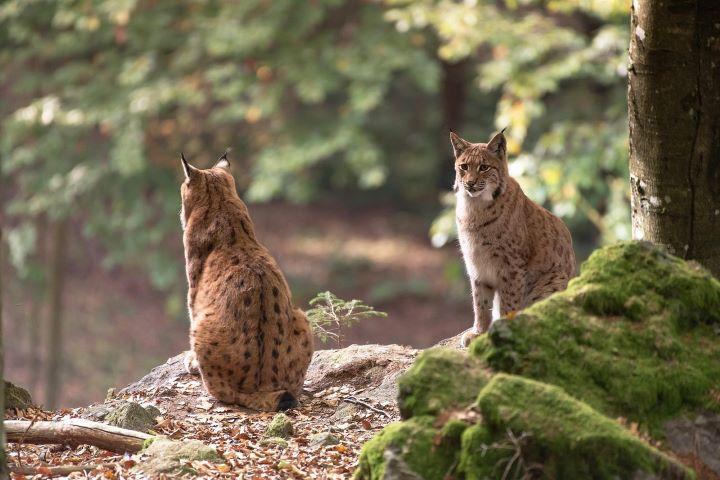
For Your Information
March 26, 2025
A recent study by Cornell researchers assessed the presence of antibodies for highly pathogenic H5N1 influenza A in live-captured bobcats in New York.

February 21, 2025
News and guidance on avian influenza is scattered across government and state agency websites, and rampant misinformation is spread across the internet. In response, Cornell has launched a comprehensive resource that offers a one-stop clearinghouse for the most current and trustworthy information on bird flu.
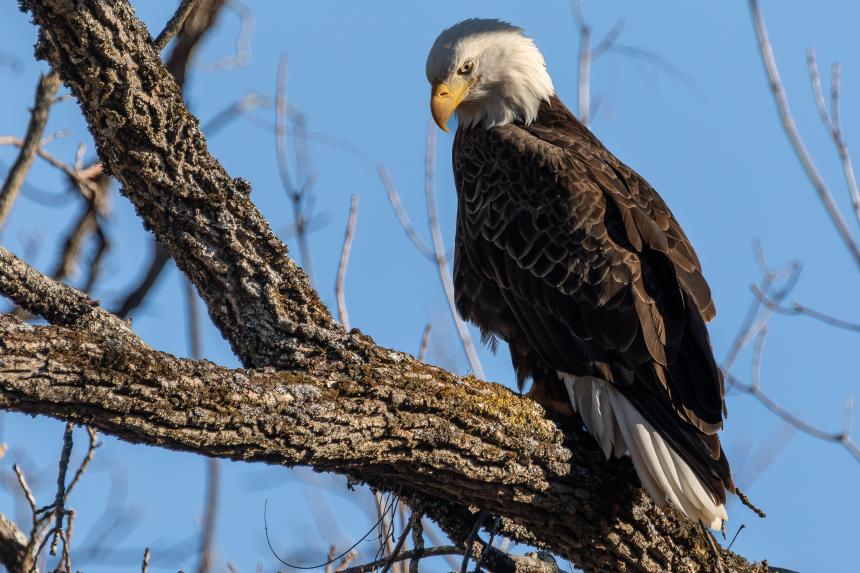
February 12, 2025
Recent reports of dozens of dead snow geese have been linked to an outbreak of highly pathogenic avian influenza, otherwise known as bird flu, in New York's Seneca County and neighboring counties. Cornell's Dr. Krysten Schuler provides some advice to reduce people's exposure to the virus.
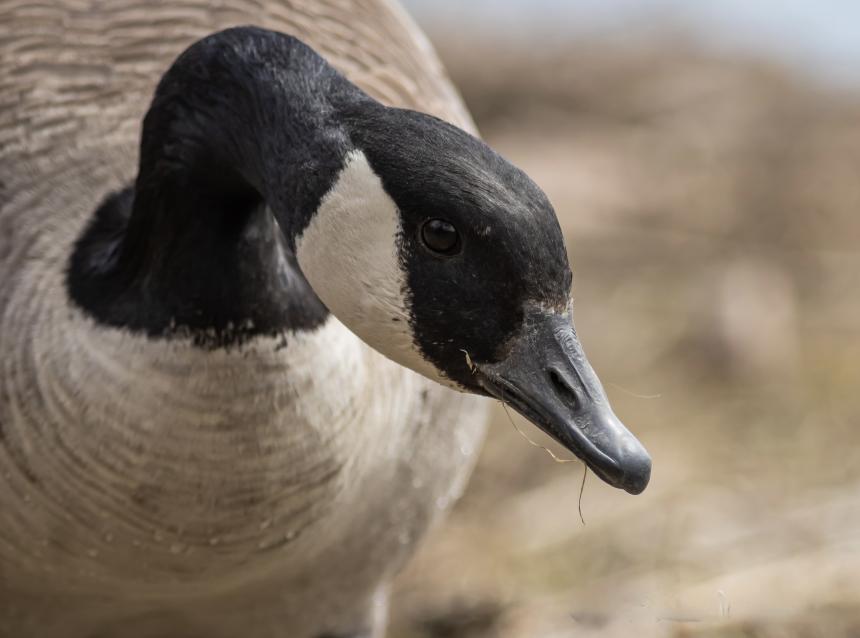
February 03, 2025
Five species of commonly hunted waterfowl in the northeast Atlantic Flyway were found to harbor contaminants that could impact the health of the birds, as well as the hunters and others who consume them.
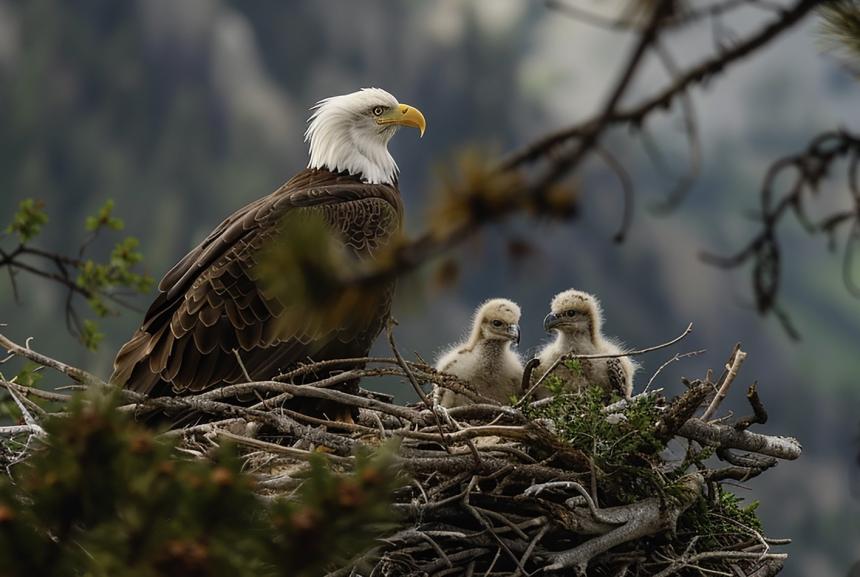
October 22, 2024
Once an endangered species, the population of bald eagles in New York continues to grow. But their success is not without threats to continued population growth, including lead poisoning.
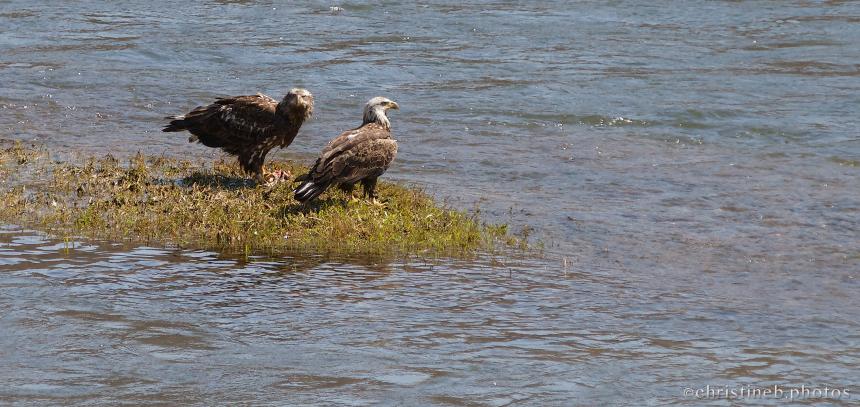
September 23, 2024
A new study from Cornell researchers finds that among more than 30 species of birds and mammals known to scavenge deer carcasses in New York state, bald eagles are the most vulnerable to lead poisoning from hunters’ ammunition and best bioindicator for ongoing monitoring of the hazard.
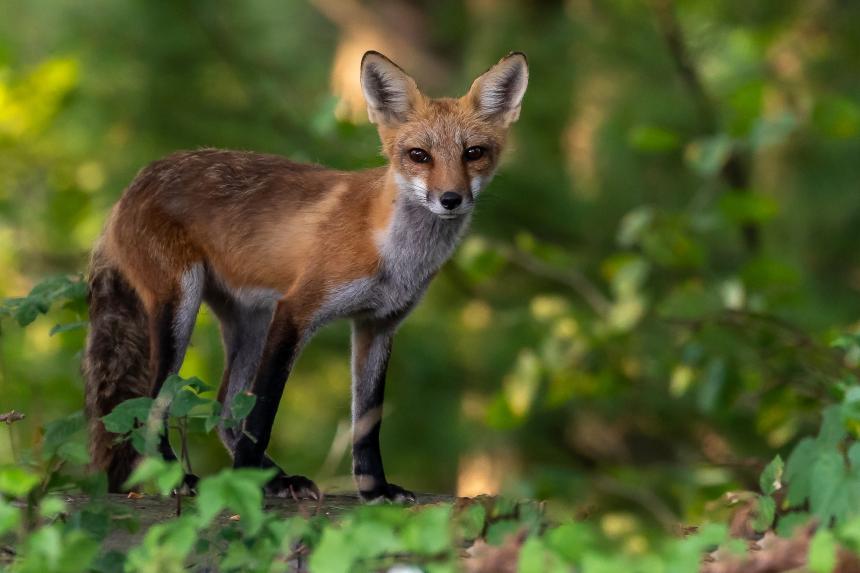
September 03, 2024
Diseases cross over from animals to people very rarely, with less than a tenth of one per cent of animal viruses ever successfully making the leap. And yet from another perspective the crossovers are common, with more than two-thirds of emerging diseases in humans having animal origins. Cornell's Dr. Beth Bunting weighs in on these zoonotic diseases.
